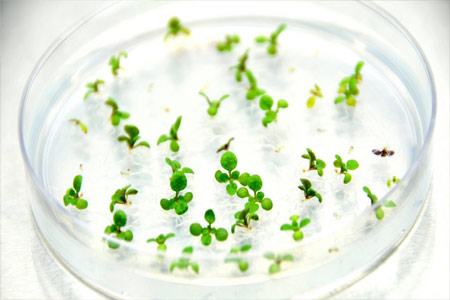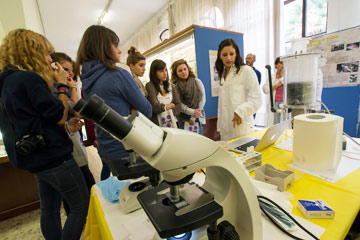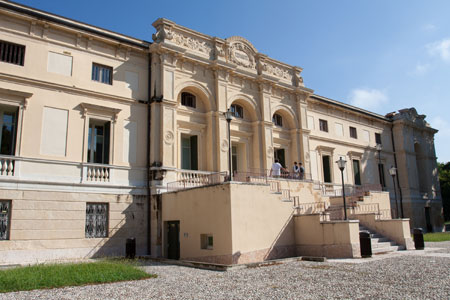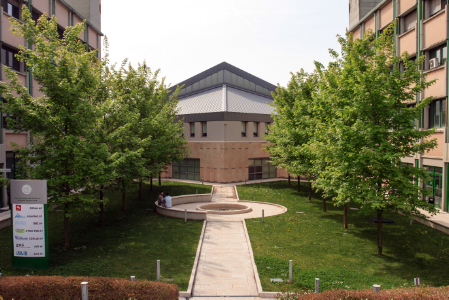Learning outcomes
The primary objective is the understanding of the molecular, cellular and systemic mechanisms of chemical and biological drug action. Secondly, to provide knowledge for translating the discovery of chemical, natural and biological drugs into therapeutic agents.
To this aim the student is expected to learn the basic concepts regulating drug-receptor interaction, the drug-dependent modulation of cell and system functions as well as the translation of drug molecular effects in therapeutic or toxic events. Analysis of drug mechanisms of action and effects will be analysed with the aim of providing a rationale for translating the discovery of chemical, natural and biological drugs into therapeutic agents. These aspects will form the rationale for the understanding of potential advantages and disadvantages of nanocompounds for human pharmacological therapies. Classes of drugs with non-therapeutic use will also be analyzed and their toxicology and misuse analyzed as examples of drug development not based on classical clinical studies. Finally, the basic principles and methods for clinical development of drugs will be reviewed.
1- Pharmacodynamics
Drug-receptor interaction, generation of effects, methods and experimental approaches for analysis of dose-response relationship for wanted and unwanted (toxic) effects; factors affecting dose-response relationship, classification of drugs based on effects and receptor interaction; Classes of receptors, signal transduction and its pharmacological modulation
2-Adaptation to drugs
Mechanisms and the paradigm of addiction to drugs.
Methods to study adaptation.
3-Pharmacokinetics
Basic rules governing the effects of the body on the drug.
Drug absorption and routes of administration; distribution; elimination.
Drug metabolism.
Nanocompounds as tool for drug delivery.
4- Cellular toxicology
Technical and methodological approaches.
5- Drug Classification and description
Classes of drugs and therapeutic categories: rationals for choice of drugs based on identified target.
For each class of drug: mechanism(s) of action, therapeutic significance and rationale.
Classes of drugs analysed in details:
Anti-inflammatory and immunosuppressive/modulators
Agents active on cardiovascular and respiratory systems
Antimicrobial agents
Agents acting on CNS
Agents interfering with hormone function and metabolism
6- Biopharmaceuticals (including mabs, vaccines, cell, genic therapy)
Criteria for classification, validation and therapeutic use/relevance:
biologicals
biopharmaceutical products
biosimilar
nanobiopharmaceutic
7- Supplements
Dietary supplements: mechanisms of action, indication and misuse
Elements of Nutraceutical
8- Drug discovery
Identification of lead compounds and choice of methods and procedures for screening and validating drug efficacy up to marketing.
Elements of study design for preclinical and clinical evaluation of drugs, post-marketing follow-up of drugs.







